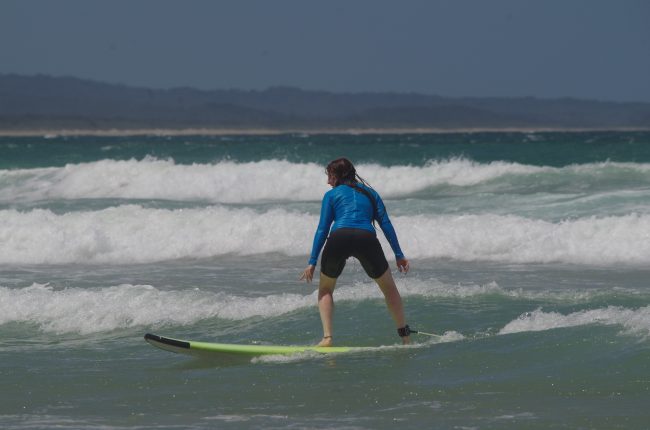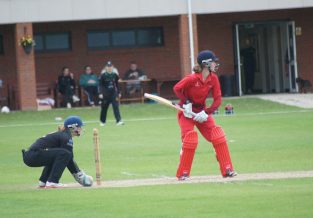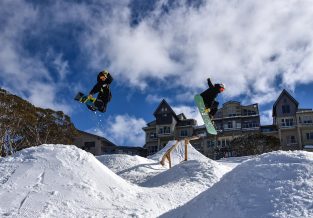Surfing The Waves This Summer? Here’s How To Perfect Your Paddle!
Published on
02 Feb 2015

Call us on: (03) 9975 4133
Going surfing this summer? Despite what it might look like, there is a lot more to it than simply standing up on the on the board! PURE Physiotherapist Terri McLeod shares her tips and insights from a recent surfing trip!
Standing up on the board is everyone’s goal when you think about going surfing. Before you even get to this stage, however, you need to be able to paddle out. This basically means swimming in to the water on top of the board so that you are in the right position to catch a wave. To paddle out effectively not only do you need good technique but you also need good strength and flexibility in your shoulders and upper back. The demand for this increases in rougher conditions and as your surfing ability improves meaning you’ll want to paddle out further (which takes more effort!) to ride the bigger waves.
As surfing is a whole body activity, this is how we need to train, or rehabilitate if you are unlucky enough to already have an injury. No one muscle works in isolation and so it is more efficient to train movement patterns and groups of muscles. Consider paddling, you need to be able to maintain some back extension whilst utilising the major muscle groups around the shoulders to not only stabilise the joint in a good position but to then produce enough force to push through the water. In addition you have to control whole body rotation as you paddle all the while keeping your core switched on to control such movements.
Within the body we have two sorts of muscles; muscles that move us and muscles that stabilise us. Commonly we tend to over-rely on the muscles that move us in order to perform a movement, particularly during more complex movements involving several body parts. This can then lead to compensatory movement patterns which ultimately lead to injury. Particularly when this movement is repeated over and over again such as when paddling.
Most of the strength that we use to push through the water when paddling comes from the muscles at the front of the shoulder such as your pecs and your deltoid in addition to your lats which originate from your lower back. These muscles are muscles that ‘move’ us as described earlier. They are powerful muscles that produce movement. If over-worked however they can become tight and less effective. When this happens to the pec muscles (found at the front of your shoulder) this can contribute to a ‘rounded-shoulder’ type posture. This can then lead to several types of injury including sub-acromial impingement and thoracic outlet syndrome. In order to combat this you need to ensure that you are completing exercises to strengthen the back of the shoulder in order to create equal forces acting on the joint and thus preventing injury.
In addition you also need to increase the strength of the shoulder stabilisers namely the rotator cuff and the scapular muscles. This will ensure that your shoulder is in the optimal position before the initiation of movement which will create better movement patterns. Additionally this will create a stronger foundation for your ‘mover’ muscles to perform allowing your paddling to be stronger and more efficient. Not only will this prevent injury and time away from training but it will also improve your performance by being able to paddle harder and for longer to catch those bigger waves and to cope with harsher surfing conditions.
Strengthening these muscles in isolation will be a good starting point but during complex movements such as paddling no one muscle works in isolation Therefore you will need to strengthen movement patterns rather than individual muscles. The physios at PURE are specialised in identifying movement dysfunctions and muscle imbalances and will be able to design your own specific rehabilitation program based on your own specific needs and goals.


